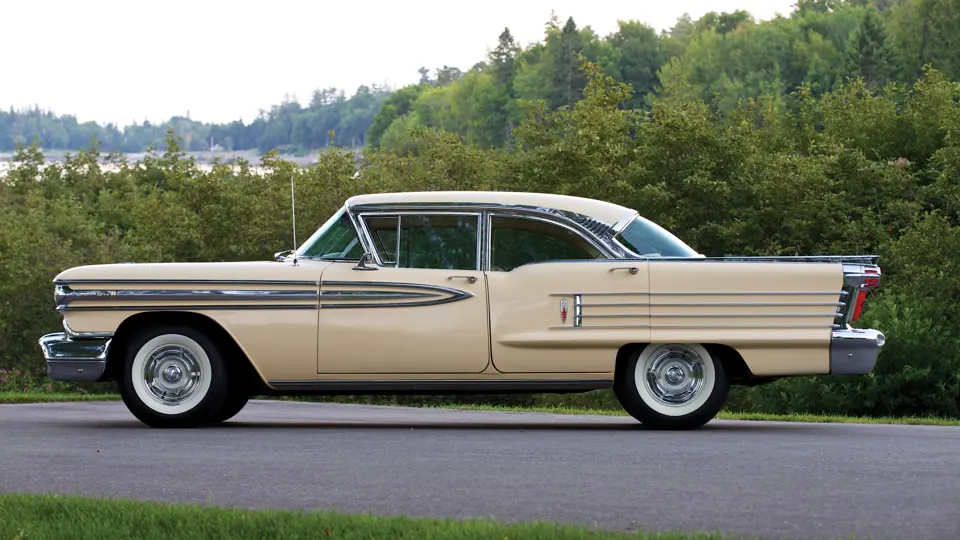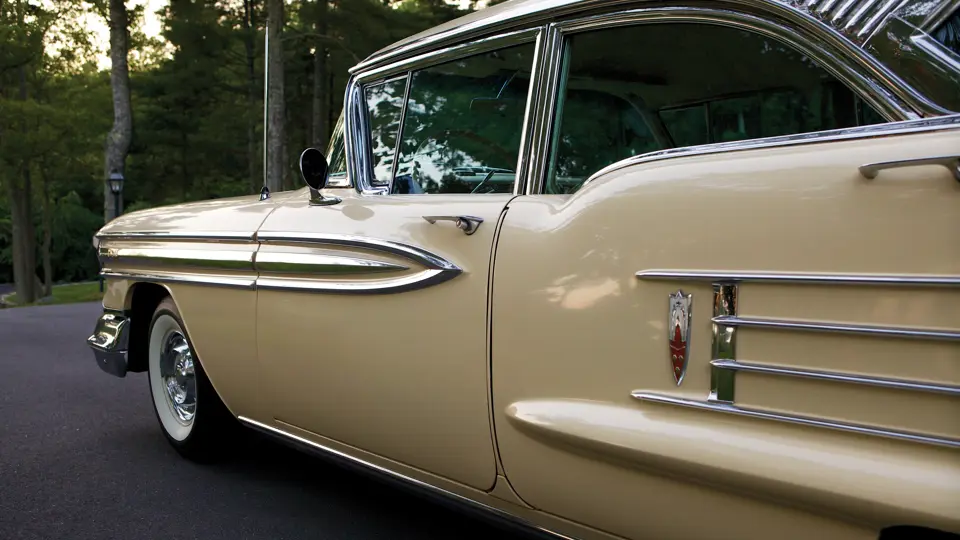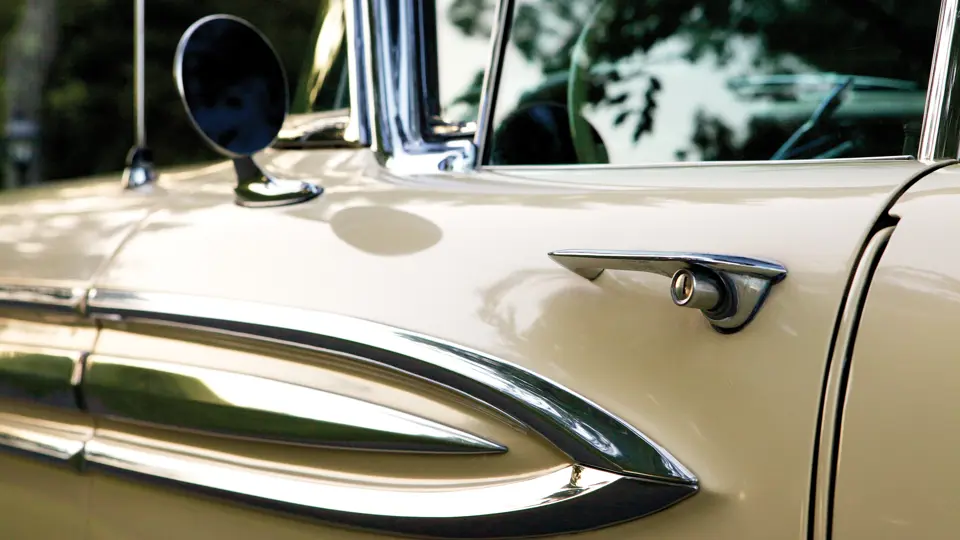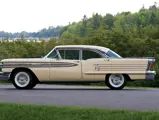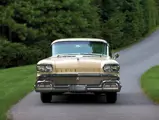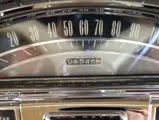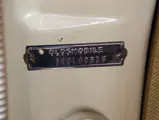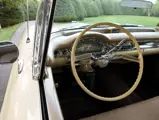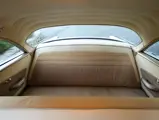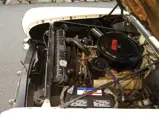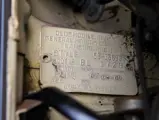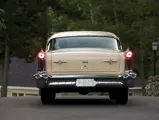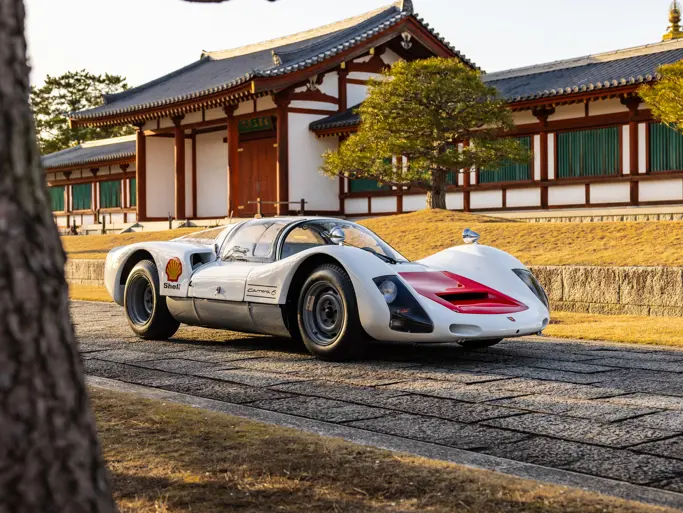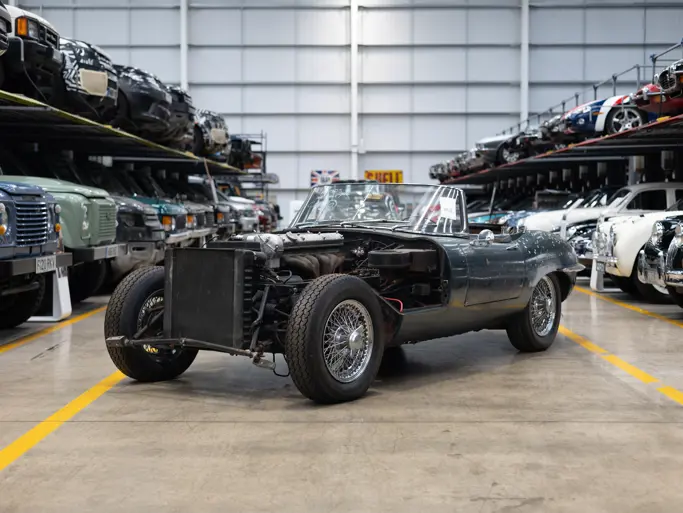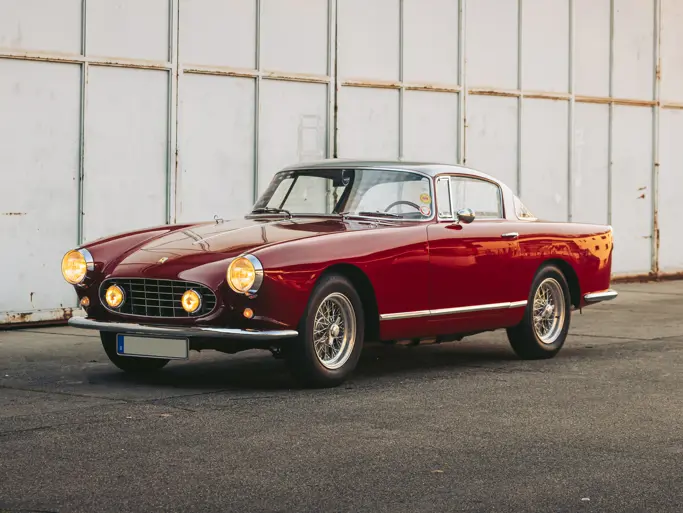Model 3669D. 305 bhp, 371.1 cu. in. OHV V-8 engine, four-speed Hydra-Matic transmission, coil-spring independent front suspension, live rear axle with semi-elliptic leaf springs, and four-wheel power-hydraulic drum brakes. Wheelbase: 122.5 in.
Just as America’s automakers were coming off a respectable, though not stellar, 1957, along came the second “Eisenhower recession.” The manufacturers’ plan, however, had been for bigger and better. Some lowered and lengthened their cars, while others simply made them look bigger and bolder. A significant segment of the populace rebelled and bought Volkswagens instead. Sales skidded from 6.1 million cars to 4.2 million.
Actually, the 1958 Oldsmobiles were no bigger than the comparable 1957 models, although their wheelbases were infinitesimally longer. However, the accent lines and trim were horizontal, which, coupled with a roof nearly an inch lower, gave the appearance of much greater length. Surprisingly, the 1958s were lighter, model for model, than their predecessors. General Motors’ 1958 cars, apart from the Chevys, are generally regarded as the most lavishly trimmed, but in hindsight, the Oldsmobiles look relatively modest, even handsome.
This 1958 Oldsmobile Super 88 is an original two-owner car that shows fewer than 7,000 miles, which the consignor believes to be original. Its color, Sandstone, is complemented by a vinyl and vinyl-cloth interior in matching tones. It has smooth contours and very good brightwork, and it was recently fitted with new tires. Its originality is substantiated by a look underneath, where light surface rust is the most serious malady one can find. It is equipped with a radio, heater, power steering, and power brakes, and it is stylish and smart, capturing the essence of the late-1950s but without the excess.
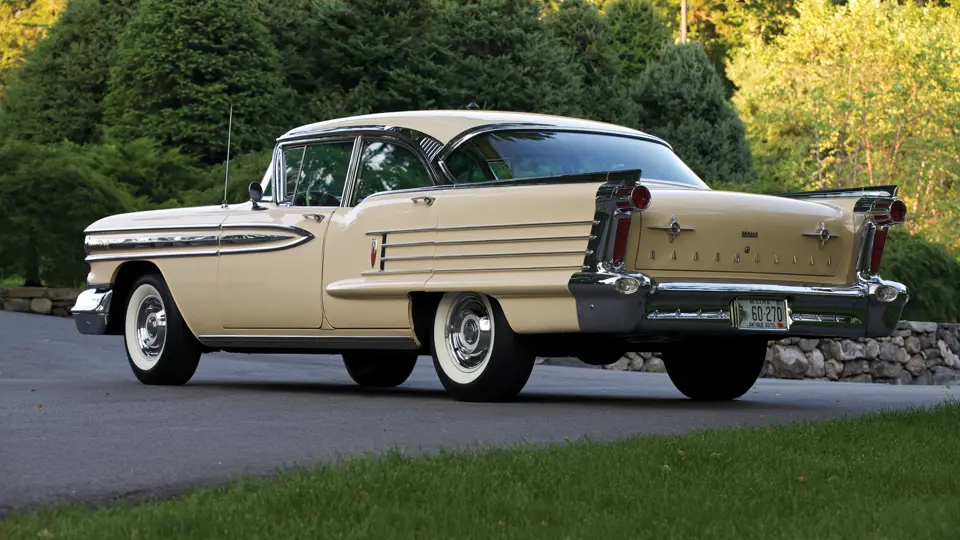
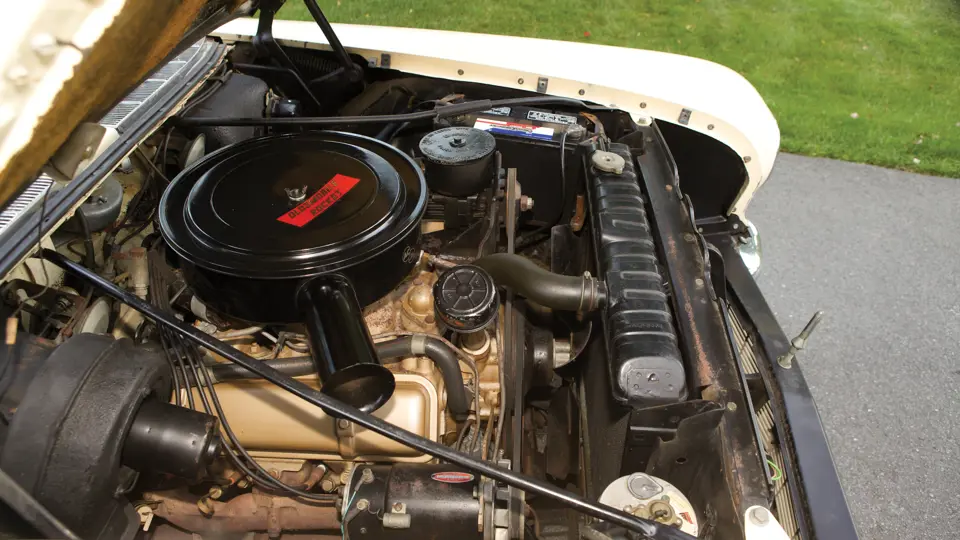
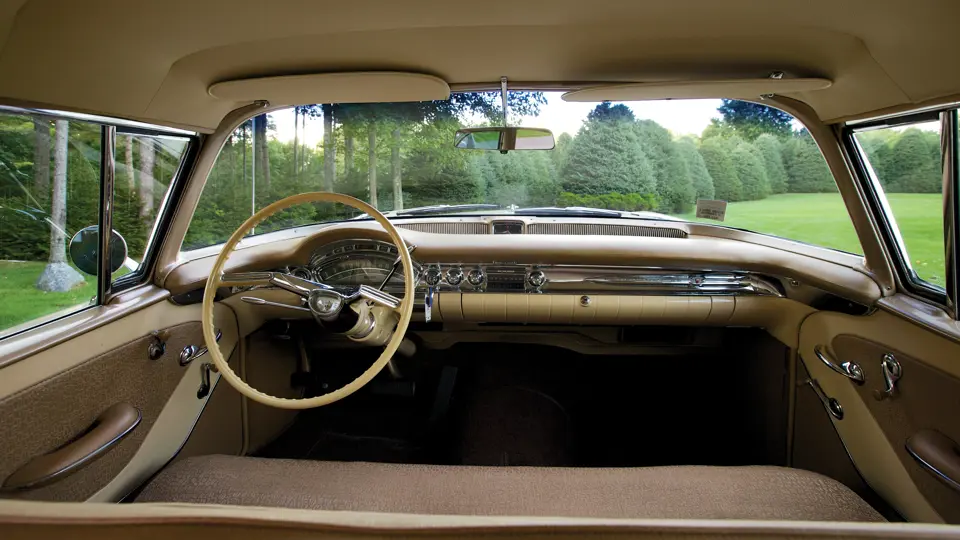

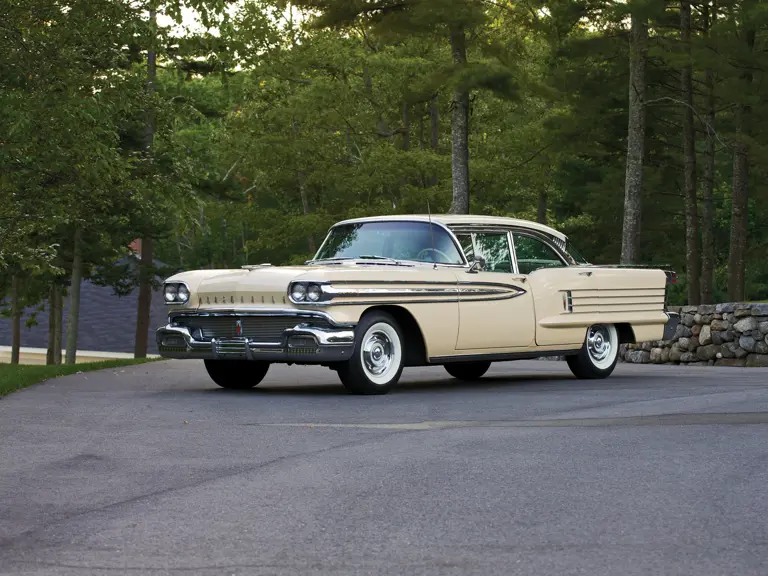
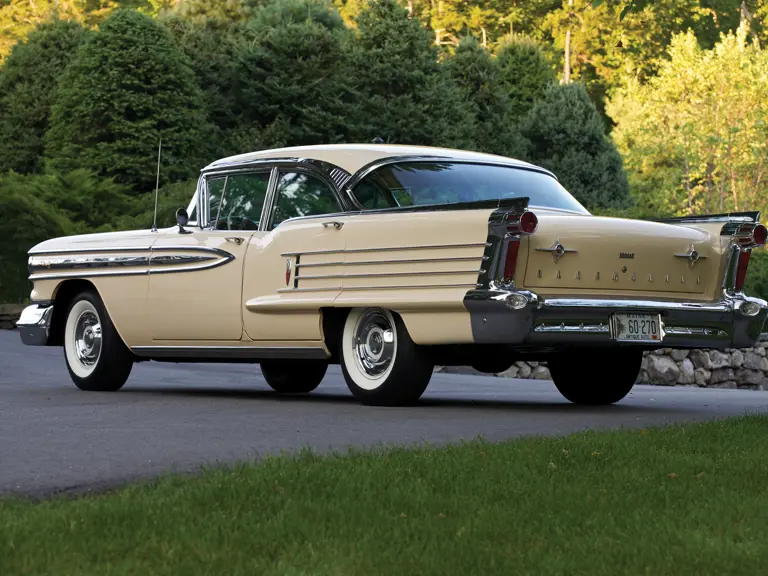


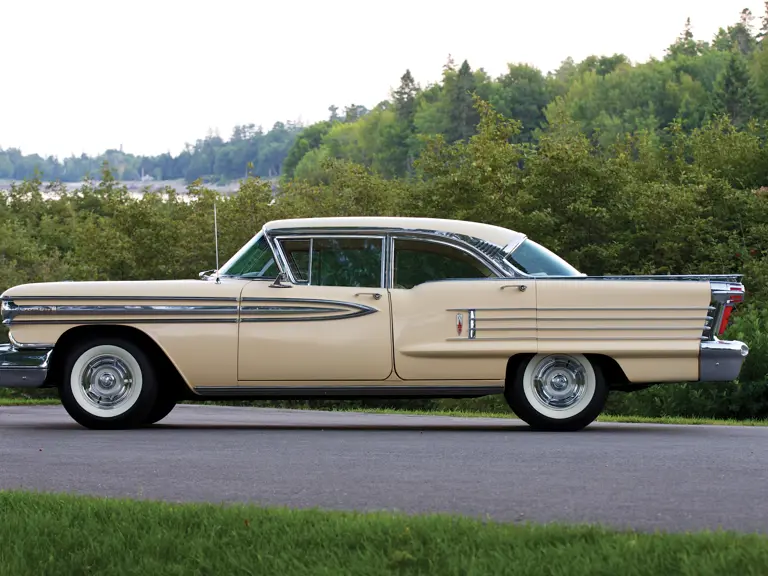
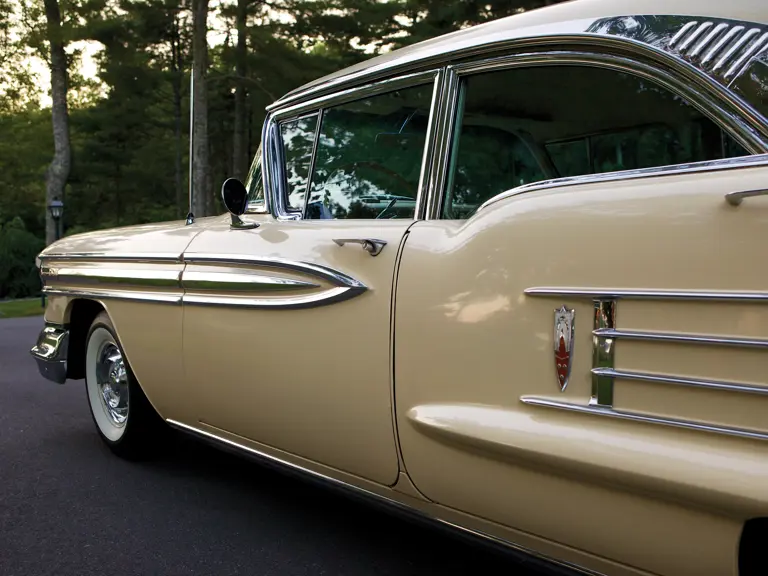
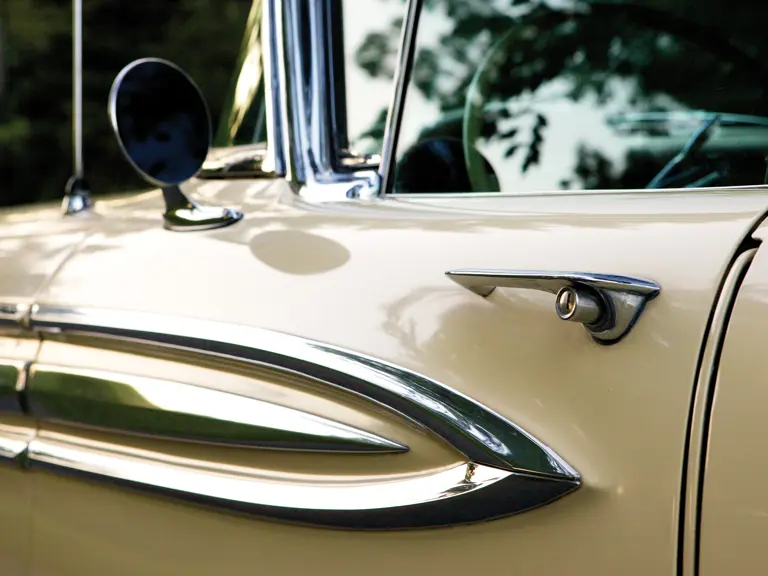


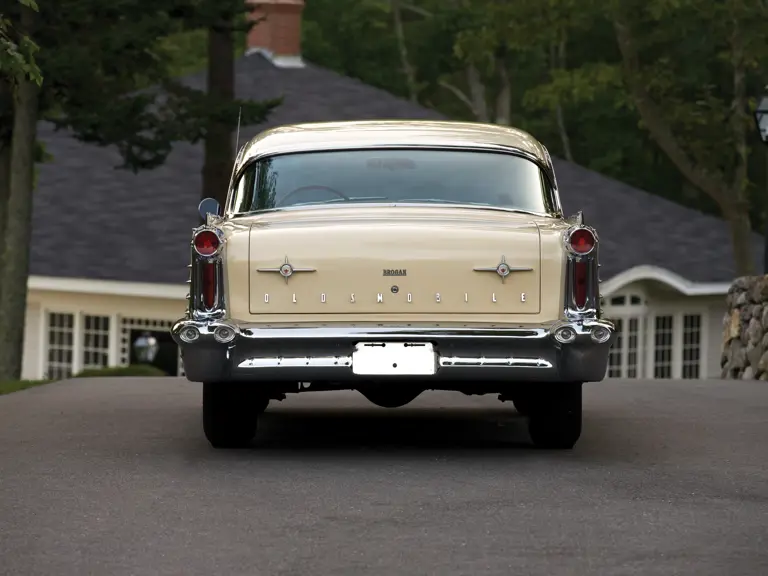
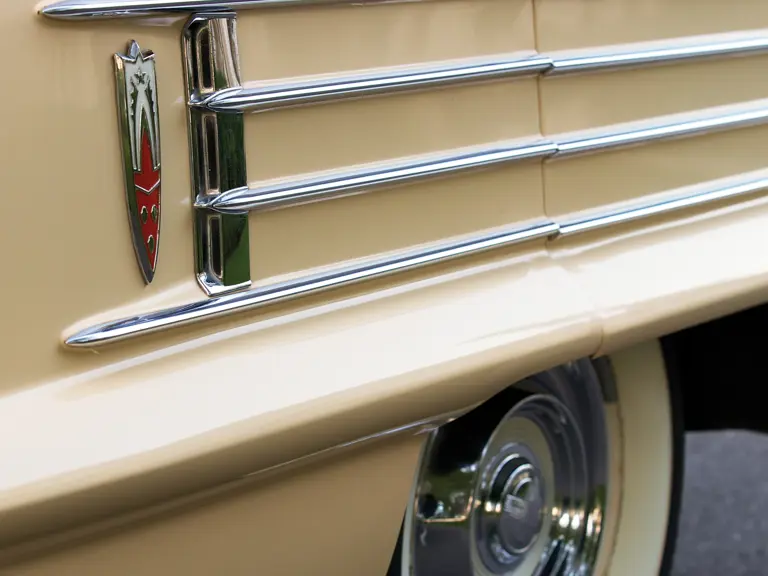
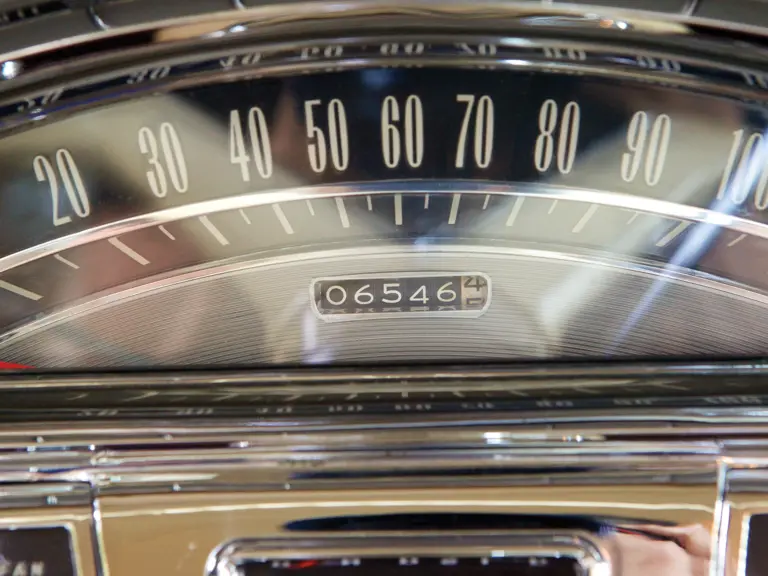



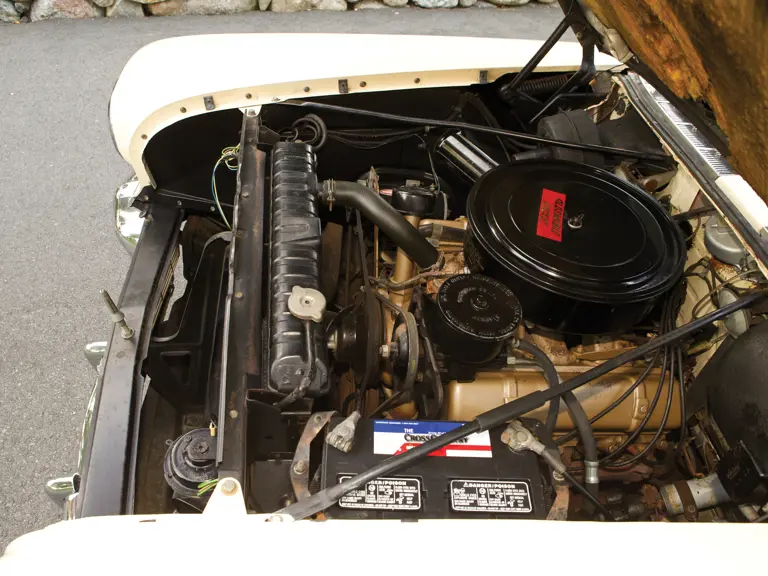
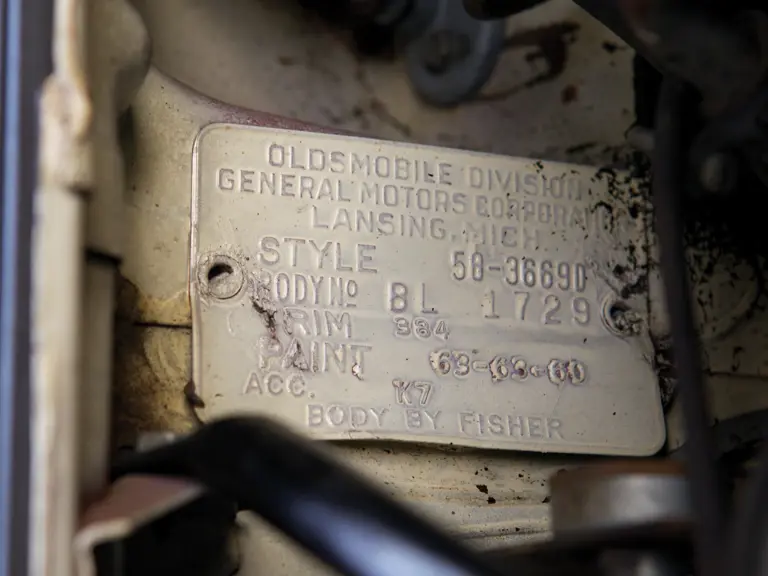
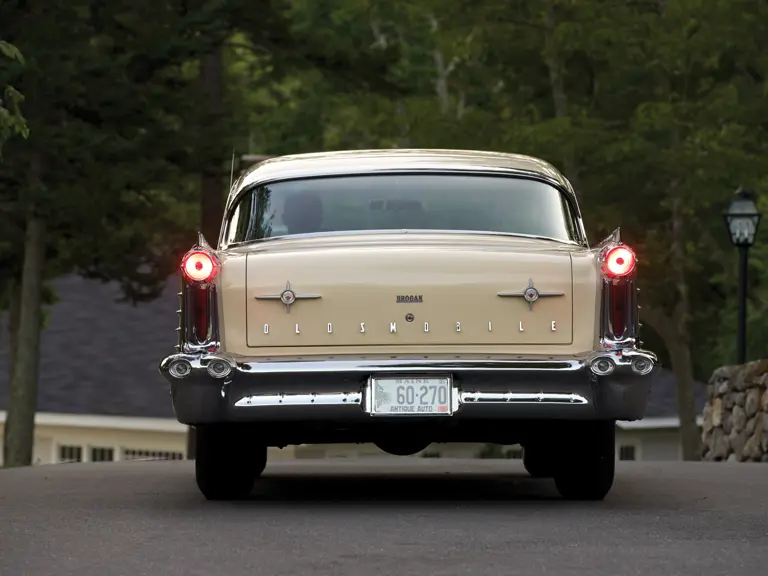
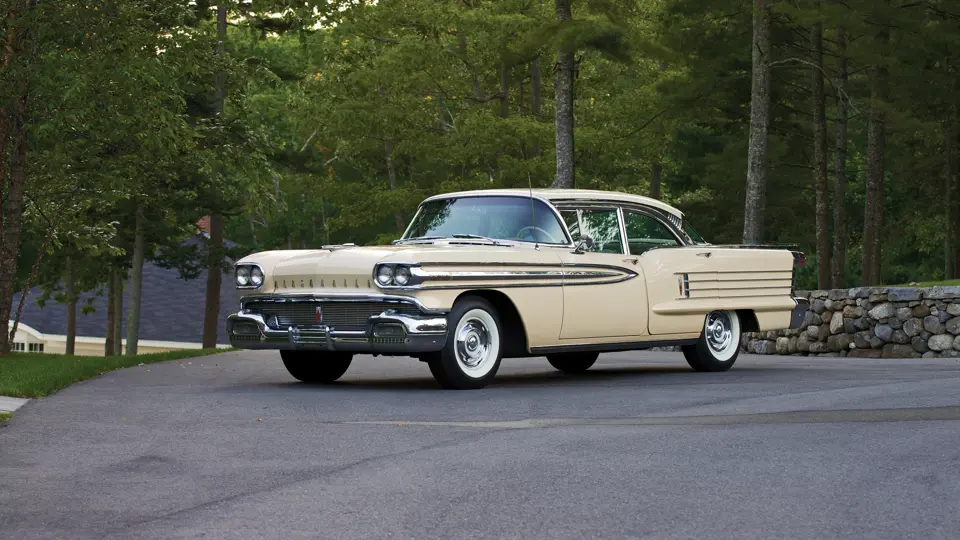
 | Hershey, Pennsylvania
| Hershey, Pennsylvania
